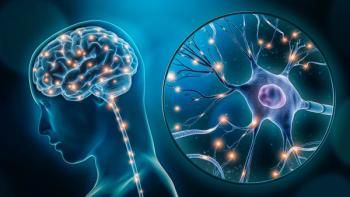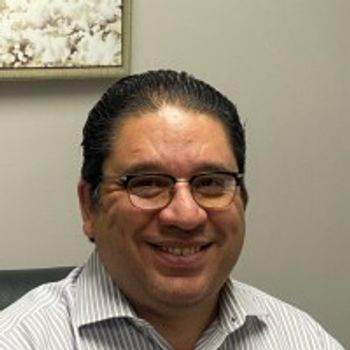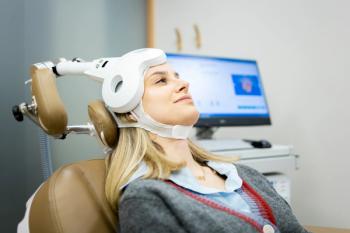
|Slideshows|September 23, 2020
10 Factors Leading to Pain Complaints in the Absence of a Medical Diagnosis
Author(s)Stephen P. Tyrer, MD
With most chronic pain conditions, the exact pathology is uncertain. In such cases, psychiatrists may be called to assess for illness beyond medical diagnosis.
Advertisement
Newsletter
Receive trusted psychiatric news, expert analysis, and clinical insights — subscribe today to support your practice and your patients.
Advertisement
Advertisement
Advertisement
Trending on Psychiatric Times
1
Southern California Psychiatry: Review of New Agents in Schizophrenia and Dementia
2
AI in 2025: A Look Back With Allen Frances, MD
3
Programs for ST-905 and ST-905 for Schizophrenia and Depression Launched by Syremis Therapeutics
4
Psychiatry and Artificial Intelligence in 2025
5




